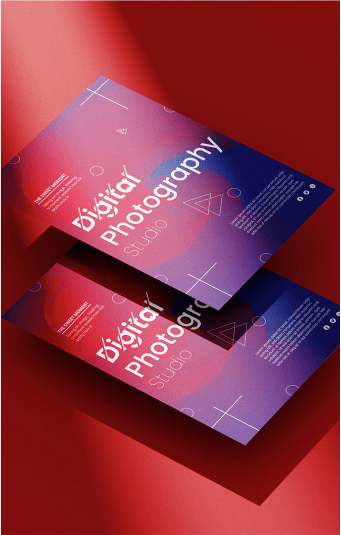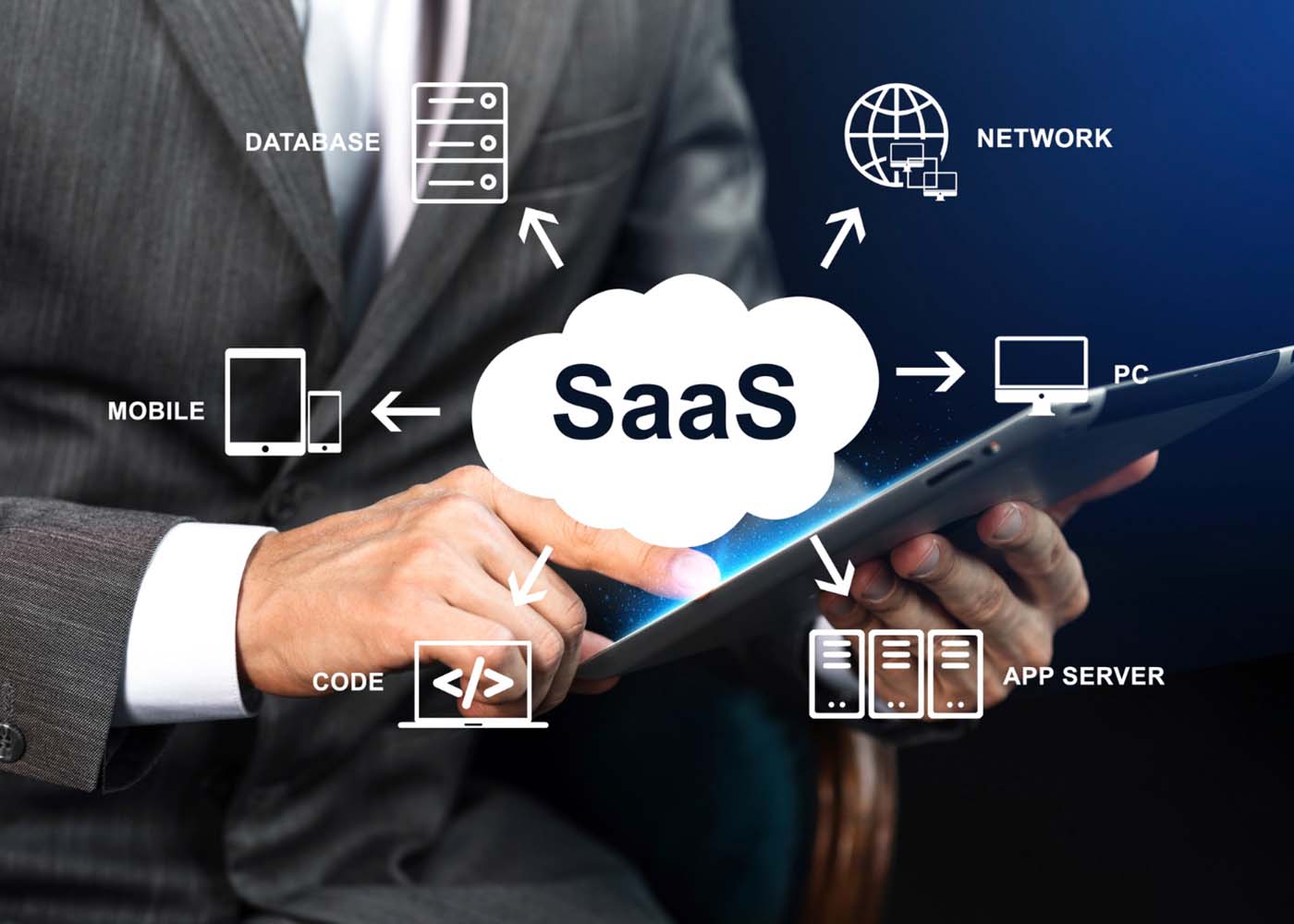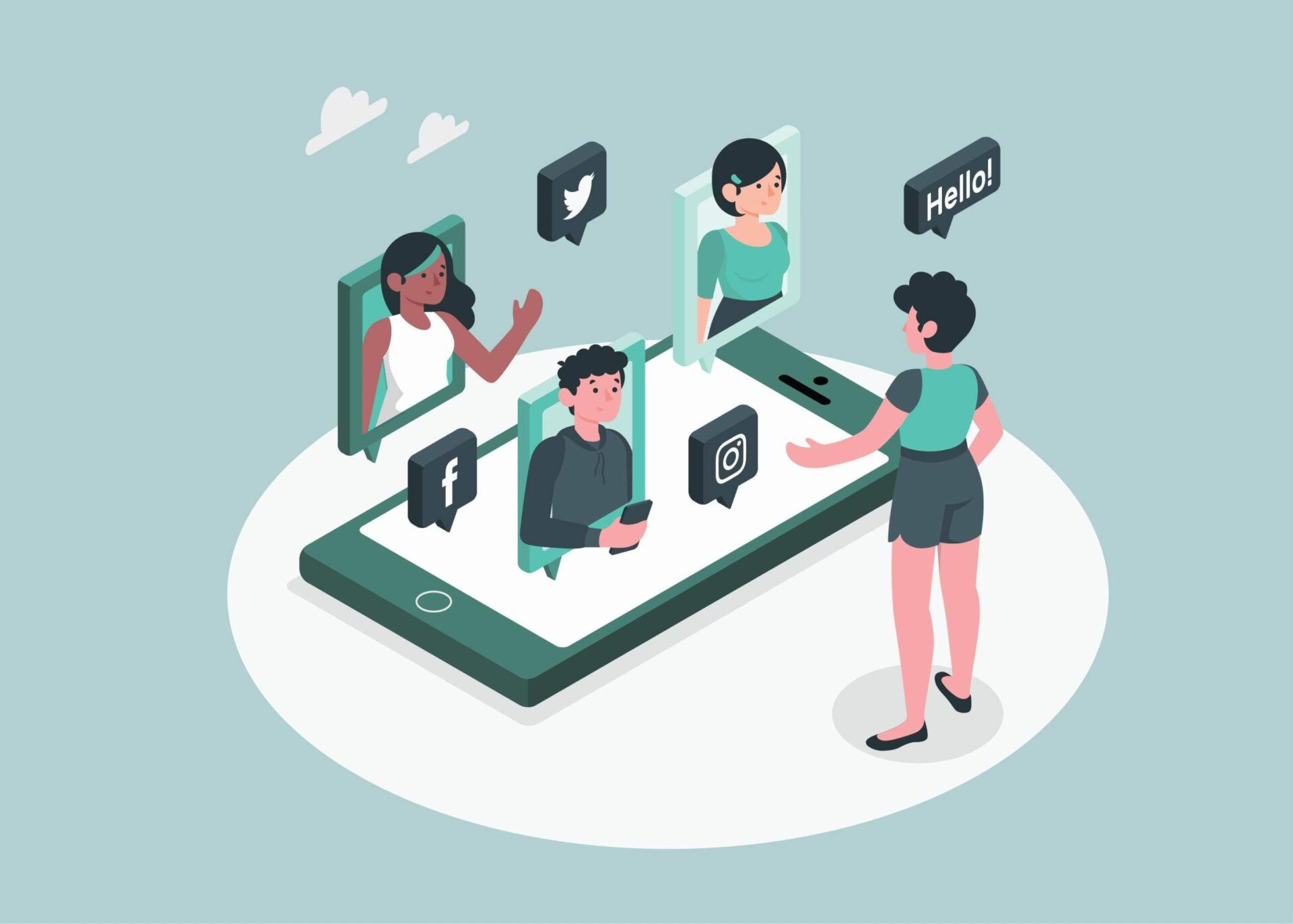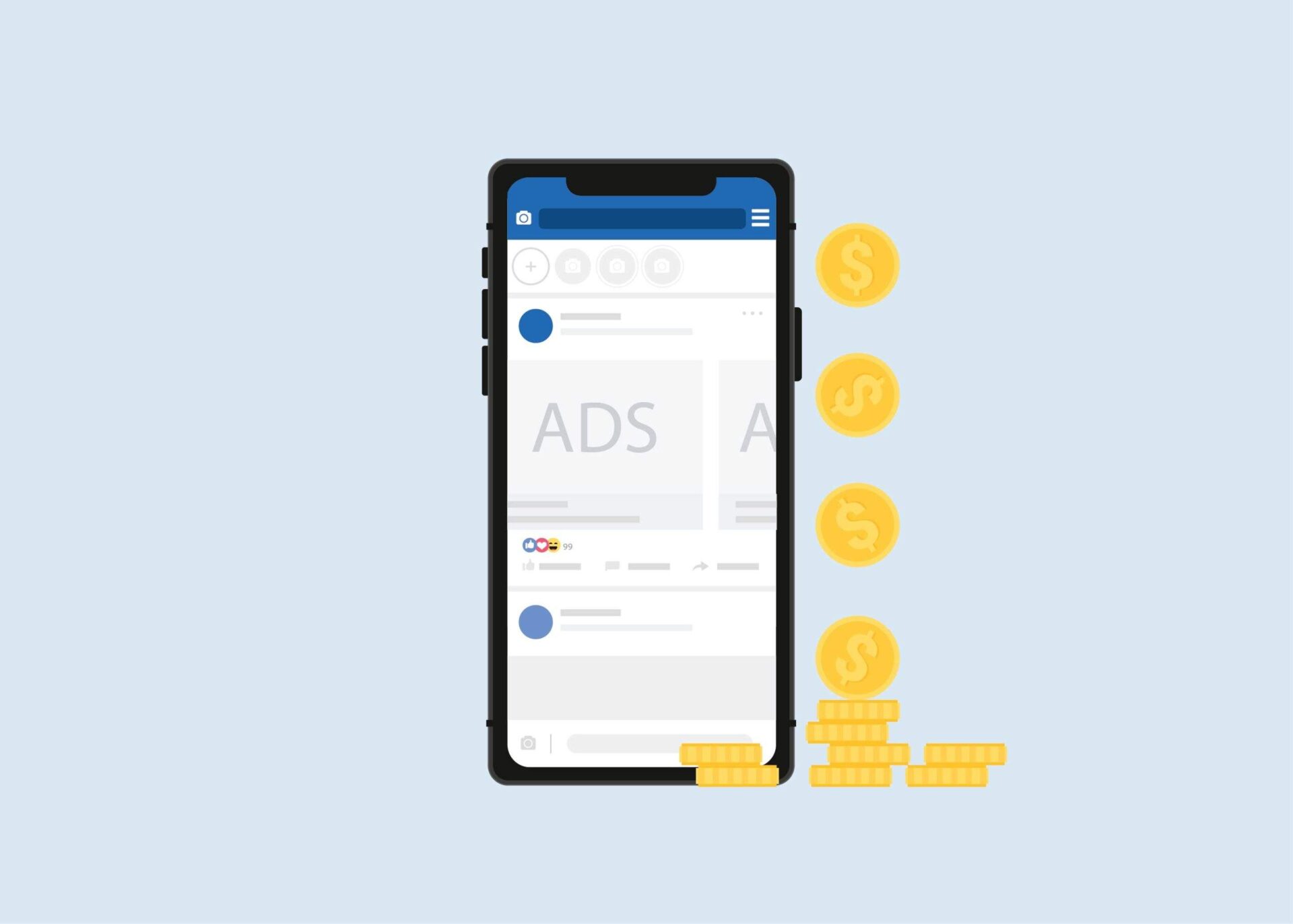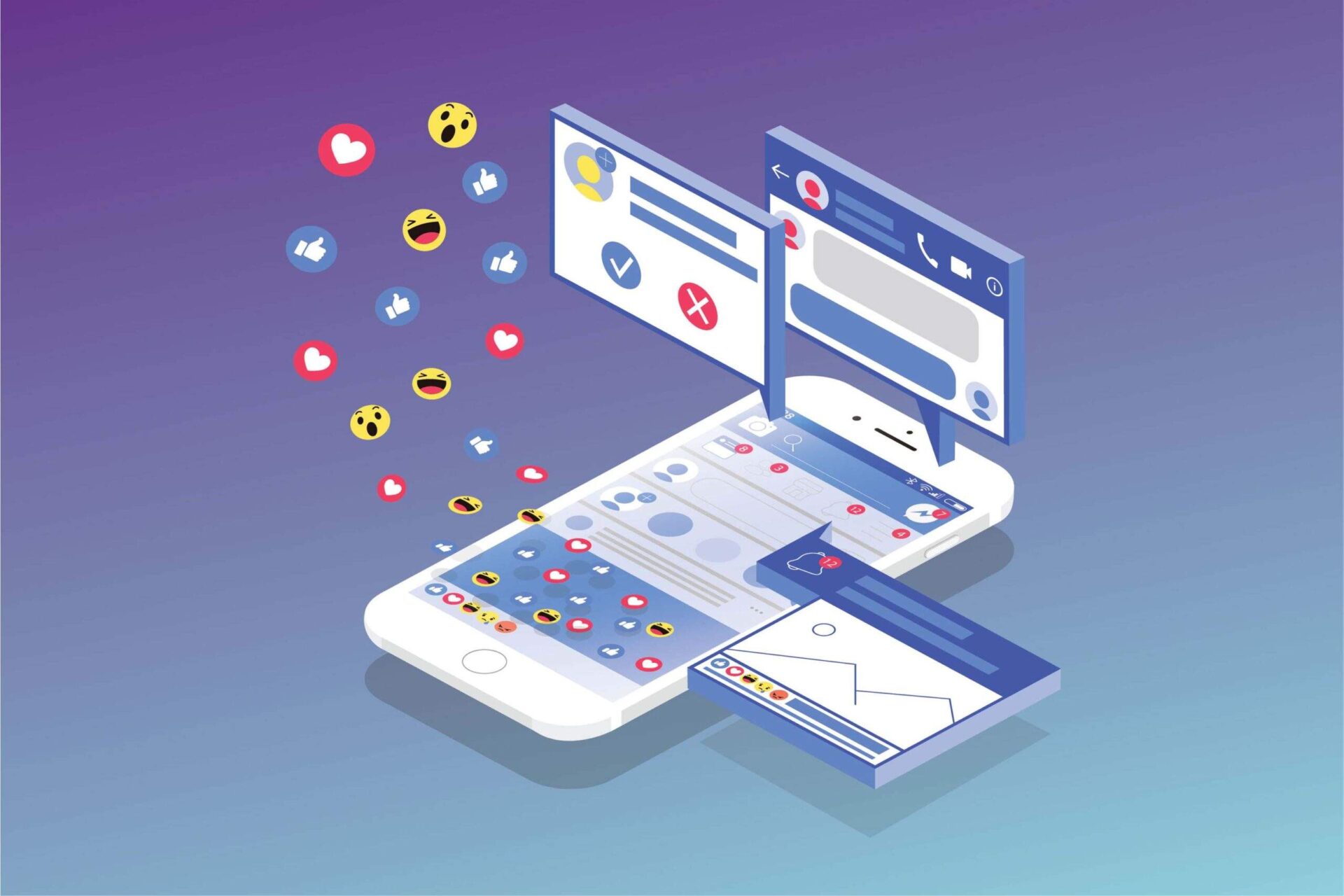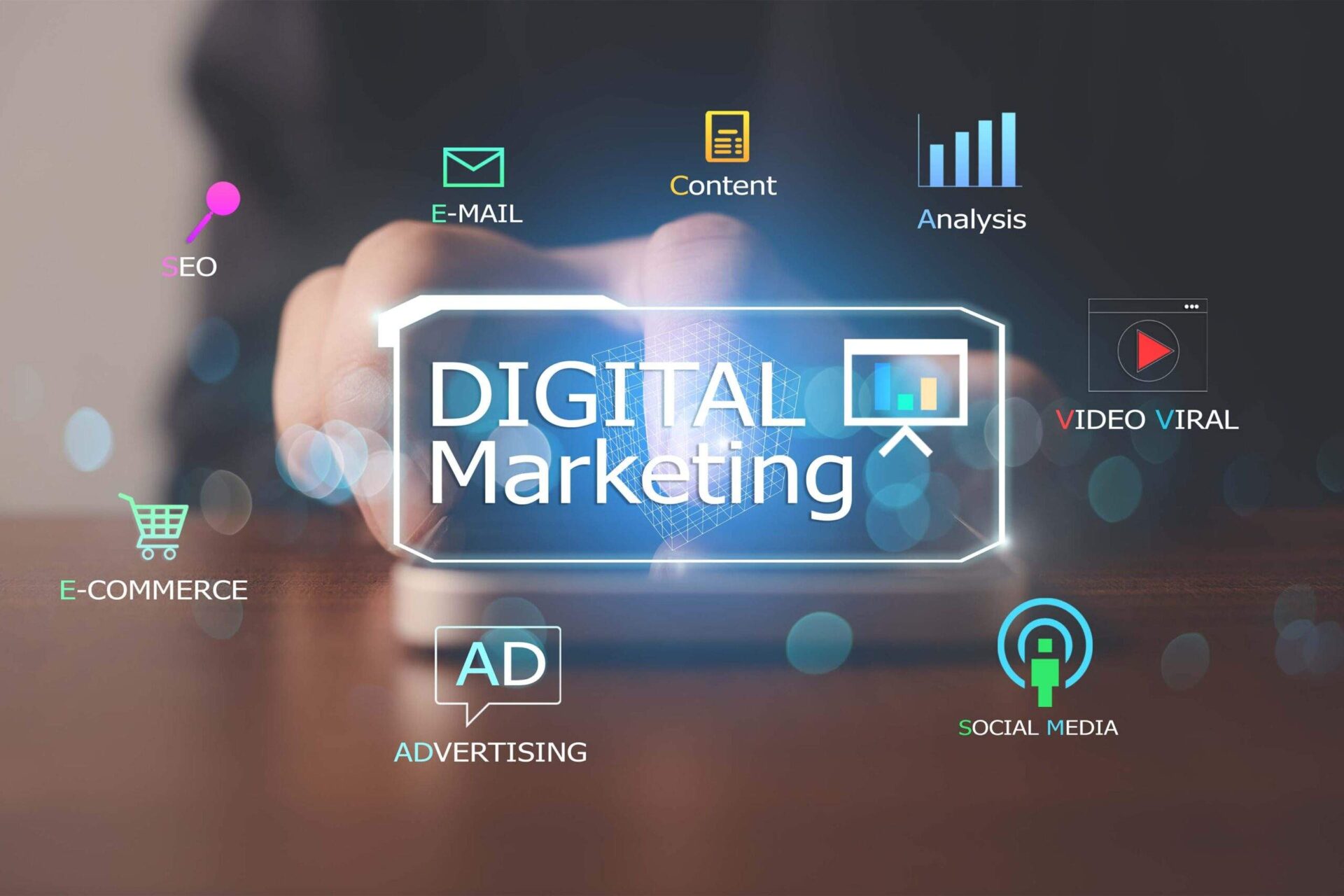As businesses and brands around the world move into the digital age, it’s becoming increasingly important to get a handle on all forms of media. Knowing how each form of media works—and differentiating between them—is crucial in creating an effective marketing strategy that will reach your desired audience. In this blog post, we’ll explain the key differences between paid, owned, and earned media so you can determine which one is right for achieving your goals. So if you were ever confused about these three elements of modern media management and want to learn more about what makes them distinct from one another? Read on!
Defining Paid Media
In today’s world, it’s becoming increasingly difficult to stand out in a crowded marketplace. That’s where paid media comes in. Essentially, it’s a way to advertise your business or product by paying for exposure through various media channels. This can include anything from television commercials and newspaper ads to social media ads and sponsored content. By utilizing paid media, you can reach a wider audience and increase your brand recognition, ultimately driving more traffic and sales to your business. It’s important to carefully consider which outlets will be most effective for your brand and target audience, but with the right strategy in place, paid media can be a valuable tool for any business looking to boost their visibility.
What is Owned Media?
In today’s digital age, businesses are relying heavily on owned media to engage with their audience. Owned media refers to the content that businesses create and own on platforms like social media and websites. This strategy enables businesses to control their narrative and engage with their audience without relying on a third-party platform. From engaging posts on social media to informative blog posts on their website, owned media helps businesses to build brand awareness, increase customer loyalty, and ultimately drive revenue. By creating and owning content on third-party platforms, businesses can effectively communicate their message to their target audience and establish themselves as a trusted authority within their industry.
Exploring Earned Media
Simply put, earned media refers to the word-of-mouth or buzz generated by customers and influencers, about a company’s product or service that they have shared on their own accord. Building relationships with these individuals is crucial to unlocking the potential of earned media. With the ever-increasing power of social media, a positive recommendation from a trusted source can drive significant traffic to a business website or social media page. As such, it’s essential to chart an effective and sustainable strategy to cultivate relationships with your customers and influencers. This approach ensures the organic sharing of your content with a wider audience, without the need for hefty advertising budgets.
Analyzing the Benefits of Each Type of Media
When it comes to achieving your goals, it’s important to understand the benefits of every type of media – owned, paid, and earned. Owned media refers to content that has been created and published by your company, such as your website or social media pages. Paid media, on the other hand, refers to advertising that you have paid for, which could include social media ads or Google AdWords. Finally, earned media is the type of media you receive from others, such as media coverage or influencer shoutouts. Each type of media has its own unique benefits, and analyzing them can help you determine which approach is best for your specific goals. So, whether you’re looking to increase your brand awareness, generate leads or drive conversions, understanding the benefits of owned, paid, and earned media can help you achieve success.
Strategies for Combining Paid, Owned, & Earned Media
One way for companies to reach their target audience effectively is by combining paid, owned, and earned media. By strategically integrating these three types of media, businesses can maximize their reach and impact. Paid media includes advertisements, sponsored content, and other forms of paid promotion. Owned media refers to the channels that a company owns and controls, such as their website and social media accounts. Earned media, on the other hand, is when the company is mentioned or featured in external publications or social media posts. By combining these three types of media, businesses can create a cohesive and comprehensive marketing campaign that reaches their target audience from multiple angles.
Tips for Utilizing Analytics to Track Your Campaign’s Performance and Return On Investment (ROI)
In today’s fast-paced business environment, it’s more important than ever to keep a close eye on your campaign’s performance metrics. Perhaps the most powerful tool at your disposal to do so is analytics. By closely tracking how your campaigns are performing and leveraging insights gleaned from your data, you can get a real sense of your return on investment. But with so many metrics to track, it can be hard to know where to start. Fortunately, by following a few simple tips, you can ensure you are making the most of your data and getting the insights you need to take your campaigns to new heights. Whether you’re just starting out or are a seasoned pro, there’s always more to learn about how to utilize analytics to make informed decisions about your campaign’s performance.
Examples of Successful Campaigns That Combine the Three Types of Media
When it comes to marketing campaigns, incorporating a variety of media can be a game-changer for success. The three types of media, owned, earned, and paid, offer different advantages for reaching and engaging with target audiences. There have been numerous successful campaigns that have utilized a combination of these three media types to amplify their message and impact. One example is Nike’s “Dream Crazy” campaign, which incorporated a powerful TV commercial featuring Colin Kaepernick, along with strategic social media partnerships and influencer collaborations to generate buzz and start conversations. By leveraging the strengths of each media type, Nike effectively captured the attention and drove impactful results.
Pitfalls to Avoid When Using Paid, Owned, and Earned Media
In the world of modern marketing, Paid, Owned, and Earned Media are three different and often misunderstood tools. Each of these media has its own set of strengths and weaknesses, and when used appropriately, can help propel your brand forward. However, it’s easy to get tripped up by the pitfalls that come with each media type. For instance, businesses often over-rely on paid media in an effort to boost short-term results, without considering the long-term brand-building potential of owned and earned media. Likewise, over-reliance on earned media can leave companies vulnerable to negative publicity and a lack of control over their messaging. Avoiding these pitfalls is a crucial step in effectively using all three types of media to achieve a comprehensive, long-term marketing strategy.
Conclusion
In conclusion, there are a lot of benefits to using a combination of paid, owned, and earned media when advertising your business or product. Not only can it maximize the reach and impact of your campaign, but it can also help ensure that you will have a positive return on investment. That being said, it is important to learn what works best in order to reduce waste and focus more energy on creating successful campaigns. Additionally, understanding the various strategies for combining all three types of media as well as utilizing analytics to track performance can go a long way in helping you achieve your advertising goals. Lastly, you can reach out to an agency that provides PPC services and they’ll take care of everything related to paid, owned, and earned media, and much more. By applying the tips discussed here and studying examples of successful campaigns, you can avoid common mistakes and create engaging content that resonates with customers.


